We Went for the Bobcats, but Got So Much More!
As a new photographer to wildlife, I have lots to learn about photographing animals. But even before that, I need to learn how to find them! Learning and knowing wildlife behaviors is vital to finding the animals to photograph. There is so much! So, wisely, my friends who photograph wildlife are not shy about hiring a guide to assist us in finding the animals. The guides keep track of the animals by knowing their behaviors and life patterns - hunting, mating, raising their young. Knowing these behaviors helps us avoid unnecessarily disturbing the animals which is definitely something we DO NOT WANT TO DO. Although on this particular day we went for the bobcats, we got so much more!
Daniel Dietrich of Point Reyes Safaris was our guide. He knows the wildlife in the area quite well and has been guiding others for about ten years. He’s also a filmmaker, an environmentalist, and Certified California Naturalist. His work has been recognized by LA Times, Bay Nature, Lonely Planet, National Geographic, Trip Advisor, and Fodors. If you are interested in photographing wildlife in its natural environment without baiting or ‘calls’, I cannot recommend Daniel enough.
All of these images were cropped in post processing, some more than others as we kept a healthy distance from the animals.
Bobcats and so Much More!
I often see Great Blue Herons in water areas searching for food. But, on this day there were herons hunting for voles on dry land. In the first image below, the heron’s beak is completely underground. No success catching a vole this time around, but it did shake off the dirt and continued to hunt. In the next two images, the hunt continues.
This California Quail rested atop this bush before joining a few others on the ground. He chose a perfectly lit area to rest.
Burrowing owl. This is cropped in quite a bit. This little guy was quite well hidden and kept an eye on us.
We were amazed at how long the kestrel perched on this fencepost and seemed to be posing for us.
These particular coyotes seemed to be in very good health. Not true of all the coyotes in the area.
It wasn’t long after I took this shot that this bobcat left the area to pursue the hunt elsewhere.
Can’t find what you’re looking for? Use the Search option below.
* * * * * * *
As a published, featured northern California fine art photographer living in the greater Sacramento area, I specialize in fine art landscape and still life photography. My style is authentic, fresh and personality-driven. I offer several educational opportunities including workshops and photography mentoring. You can learn about them by going to SERVICES. While currently living in rural northern California with my husband and a couple thousand walnut trees, I post regularly to Instagram.
Please CONTACT ME with any questions or to schedule your learning session.
Serving Yuba City/Marysville, East Nicolaus, Wheatland, Lincoln, Woodland, Davis, Roseville, Rocklin, and the greater Sacramento area.
(530) 633-7575


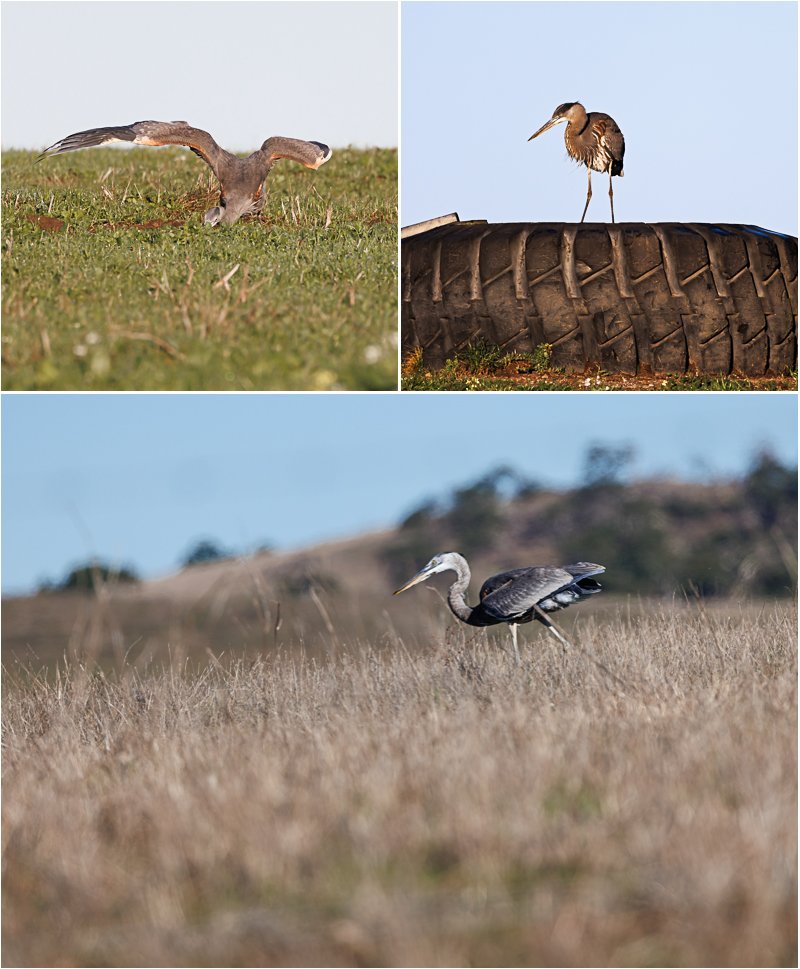
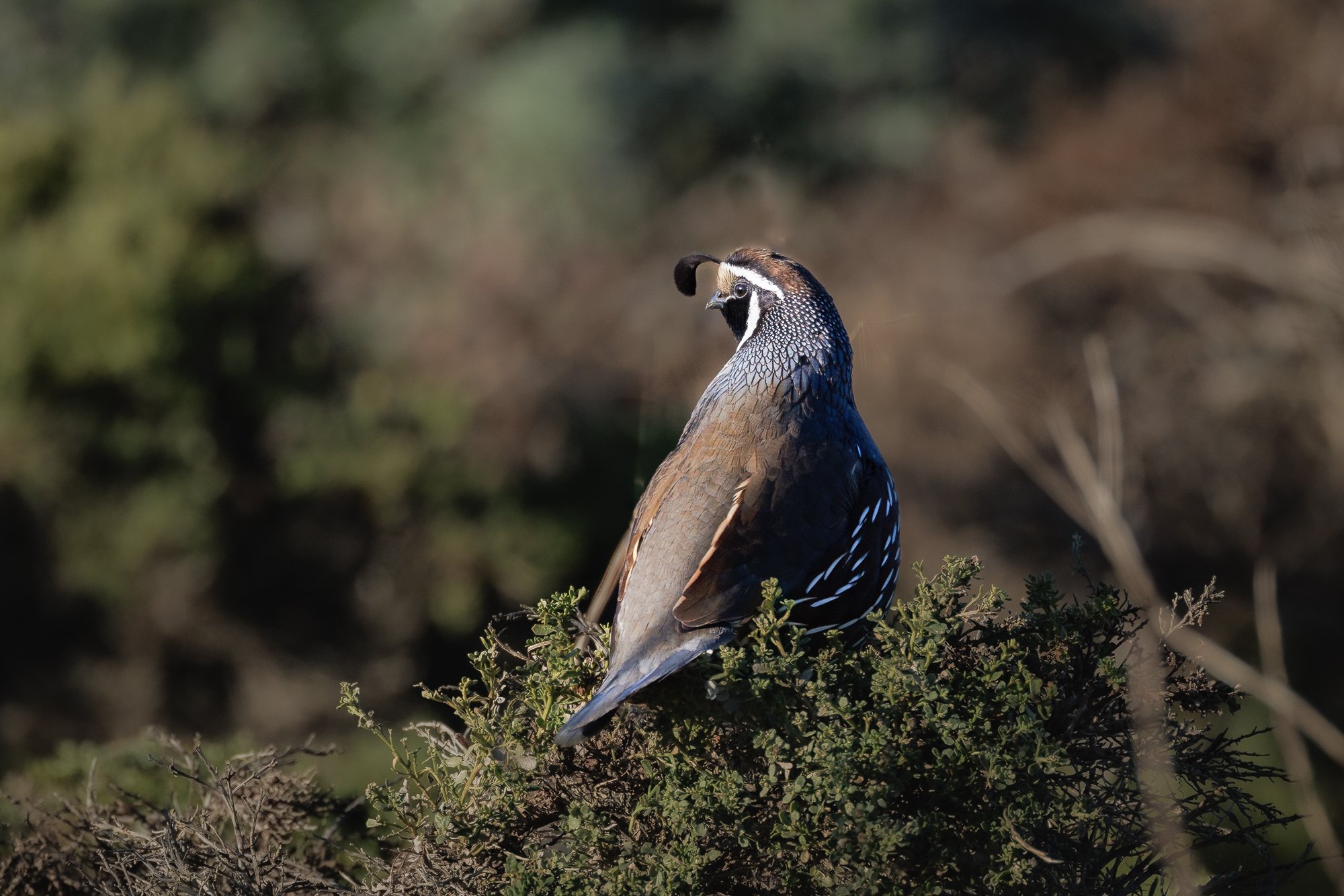
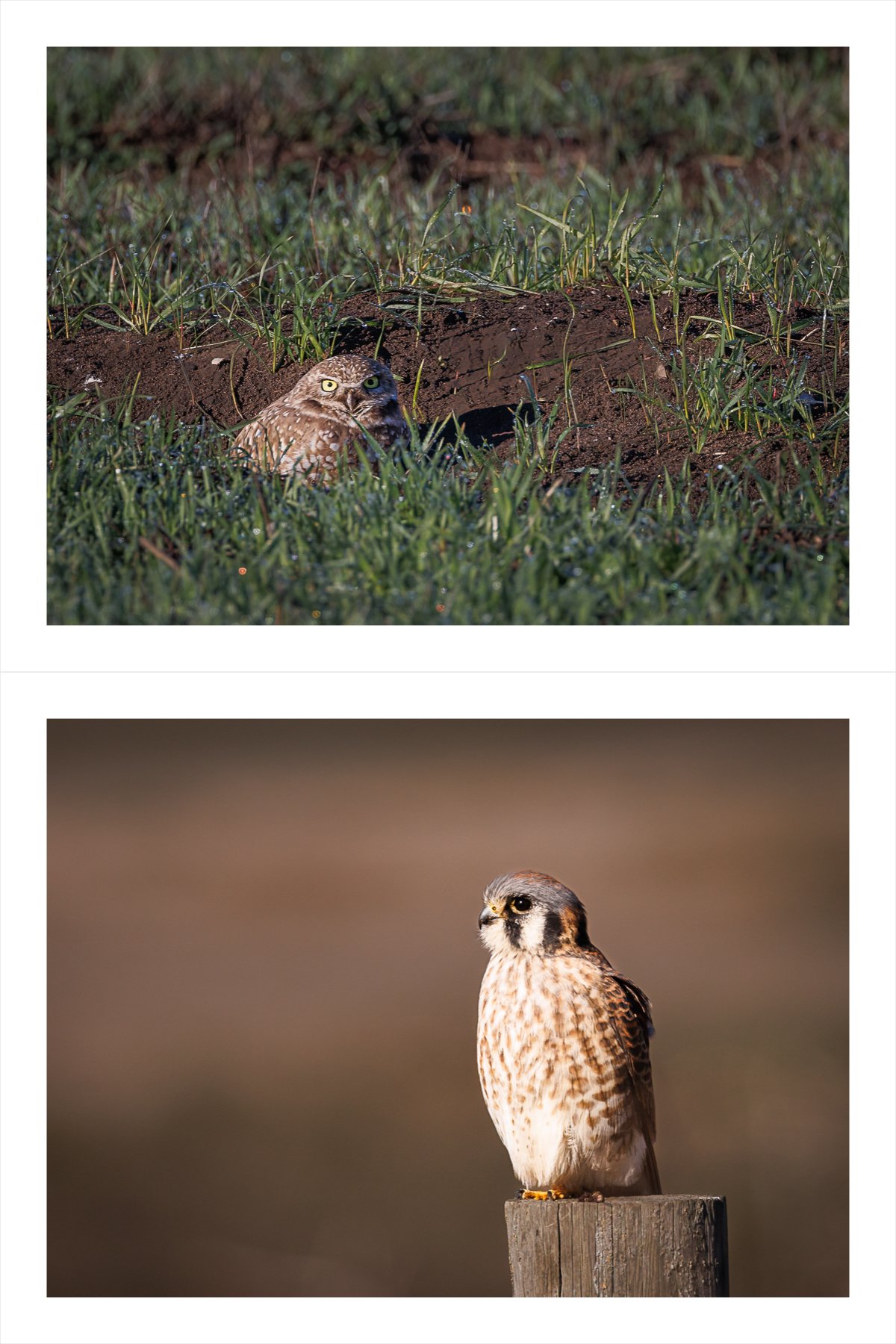
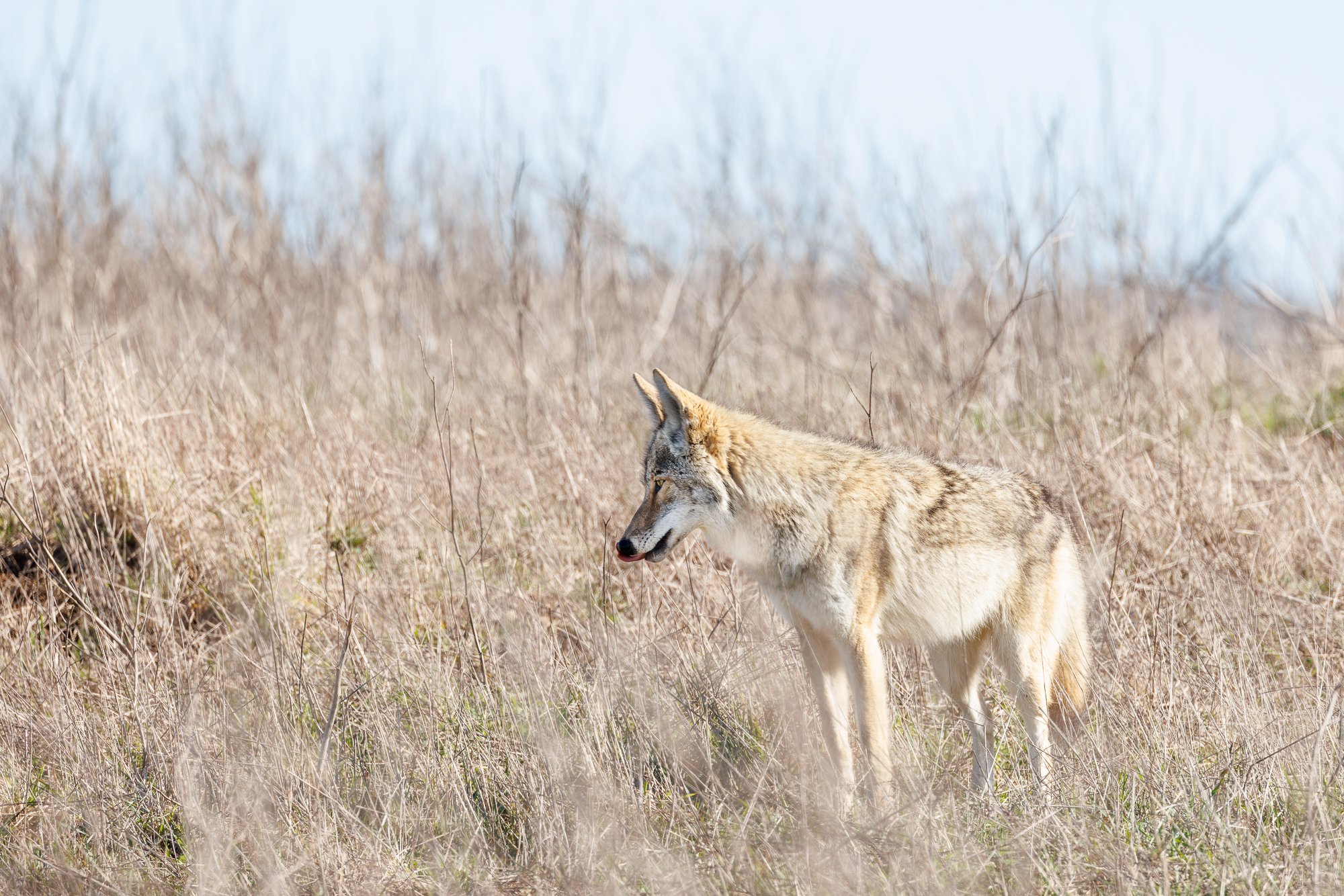
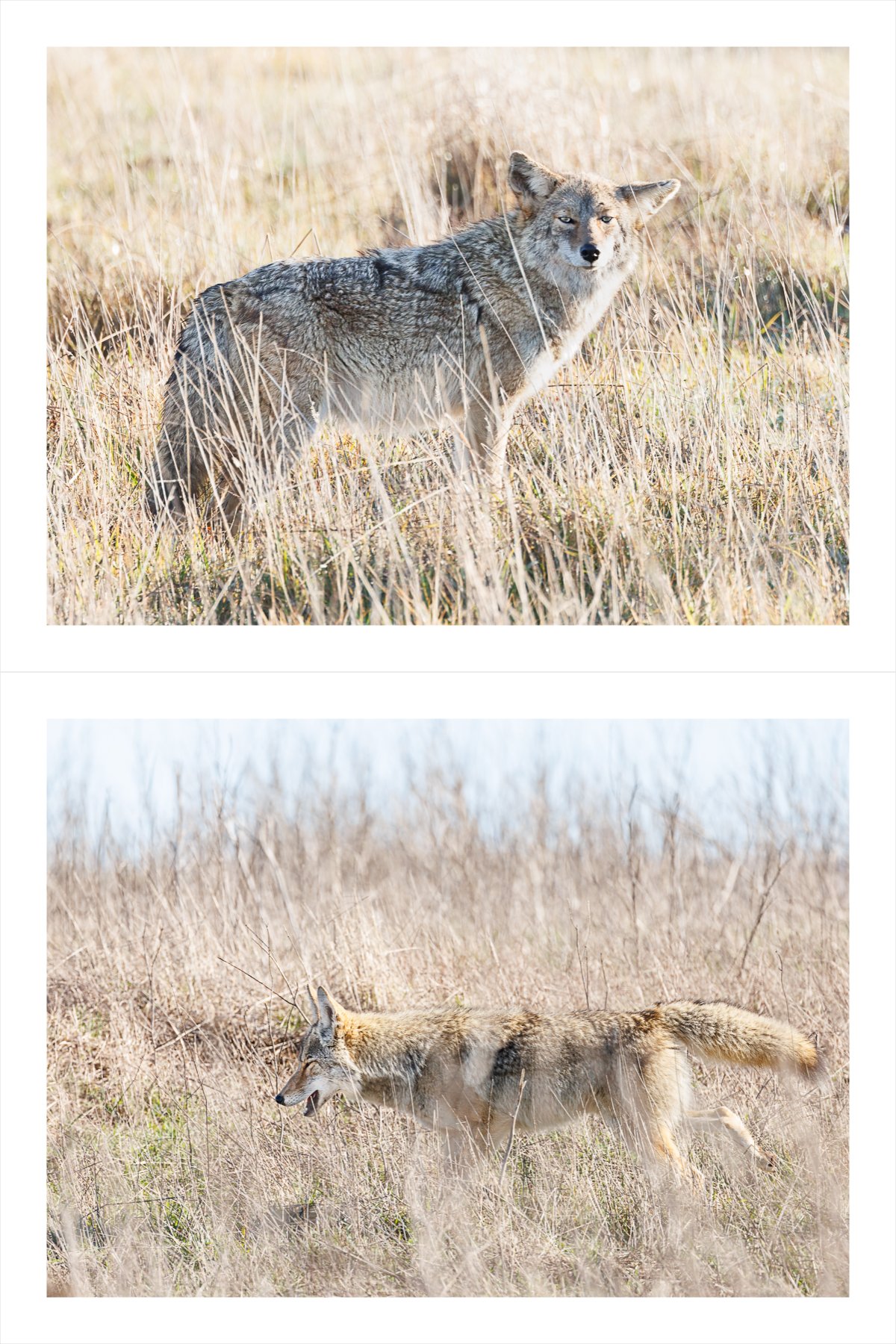
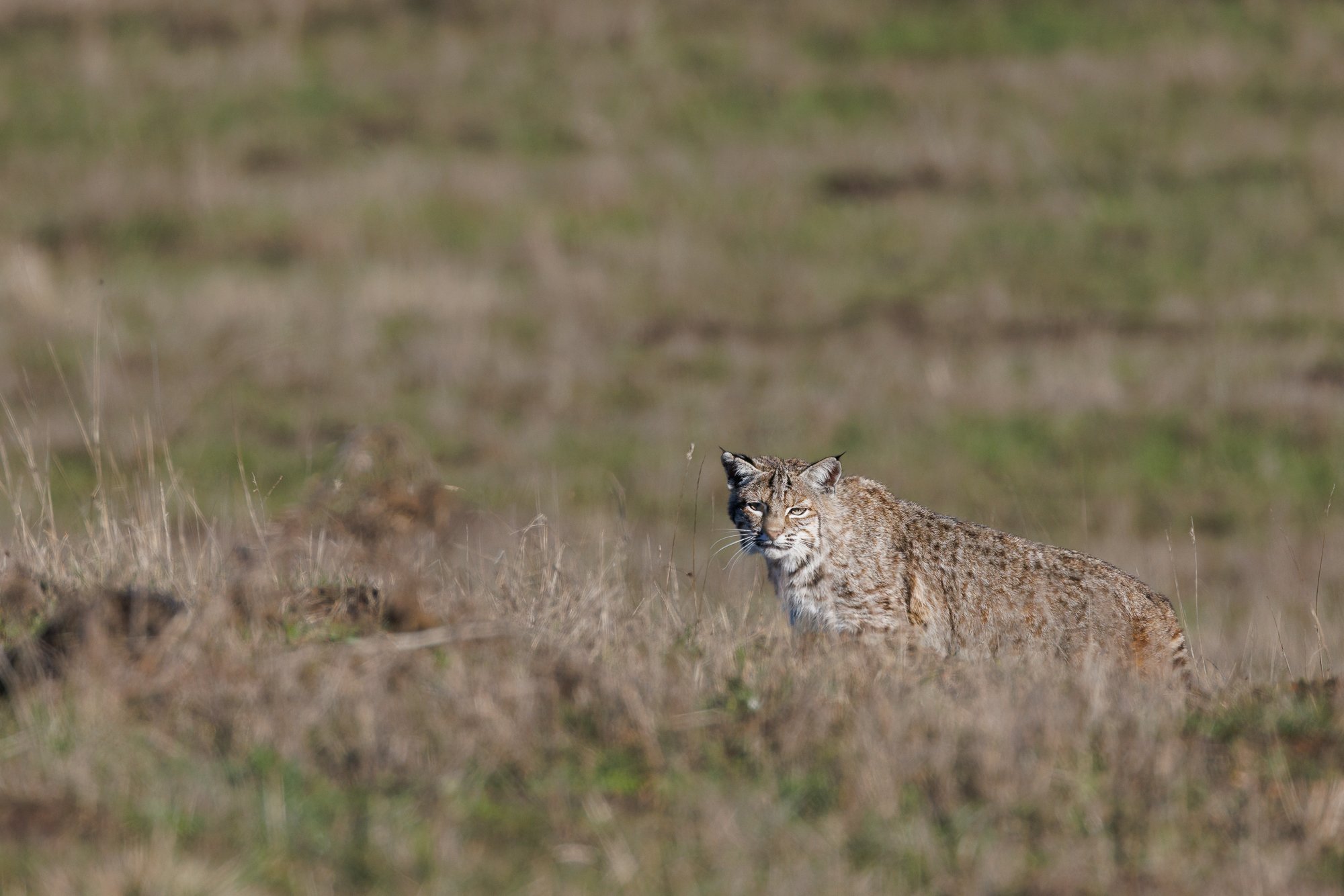
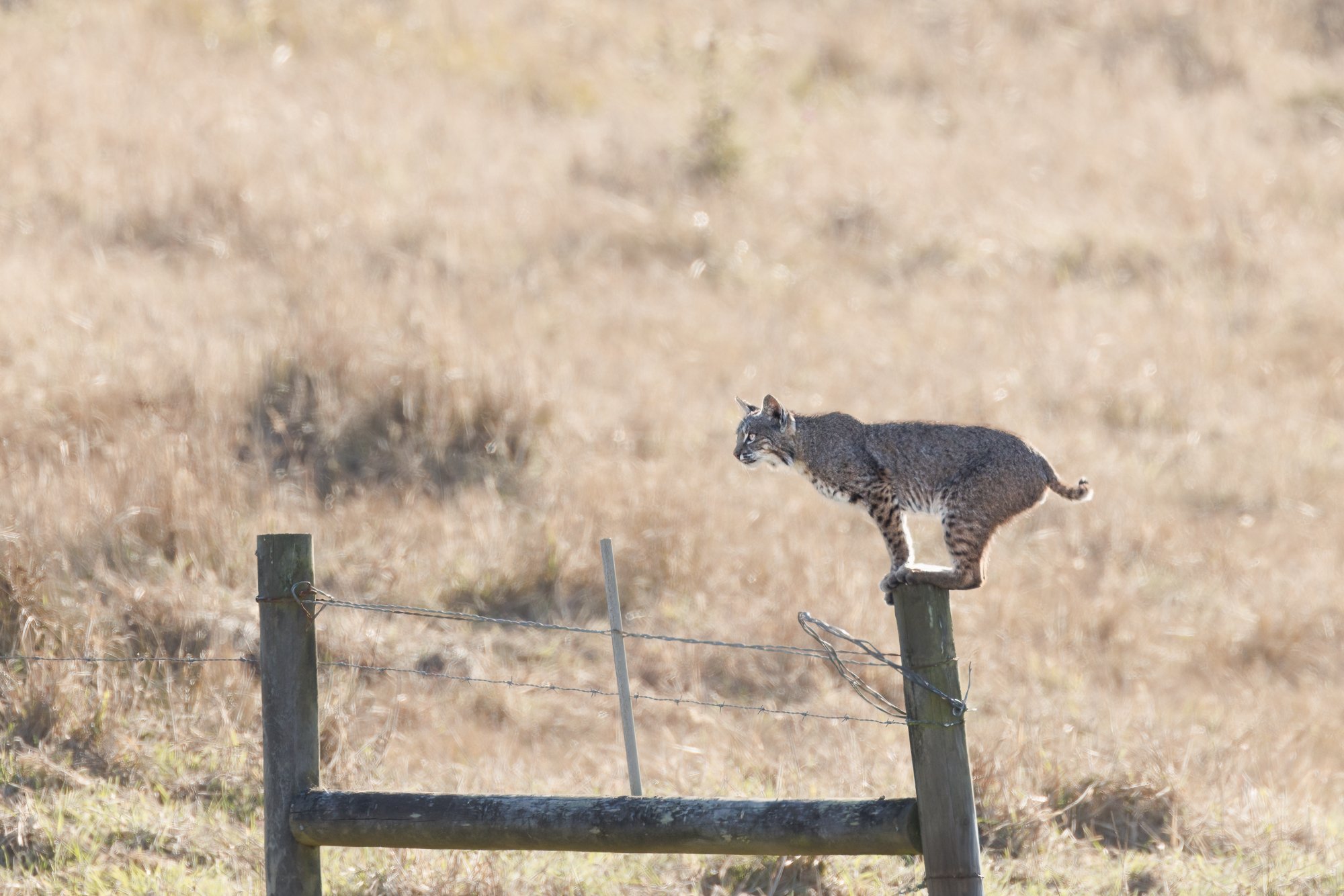
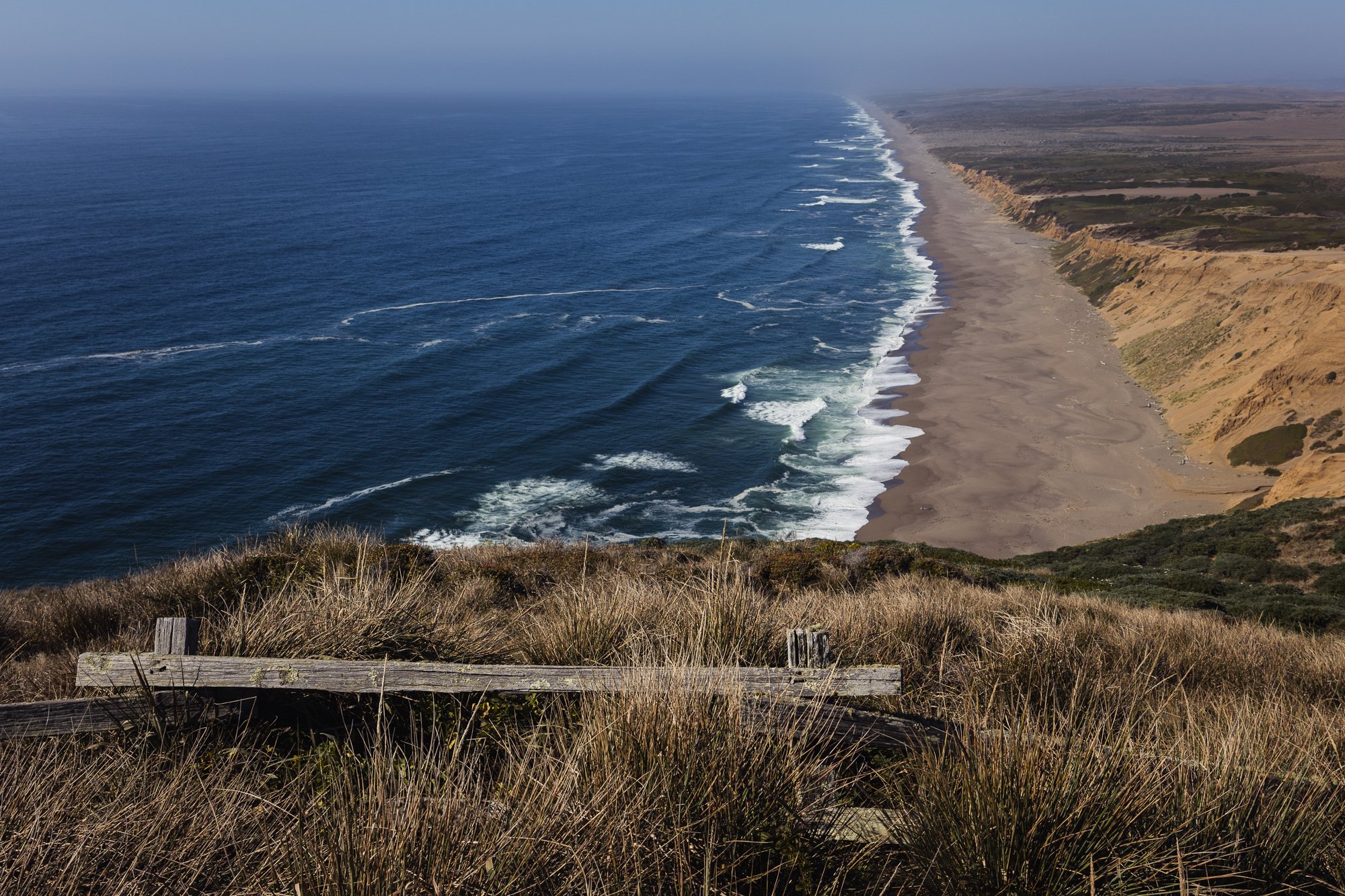


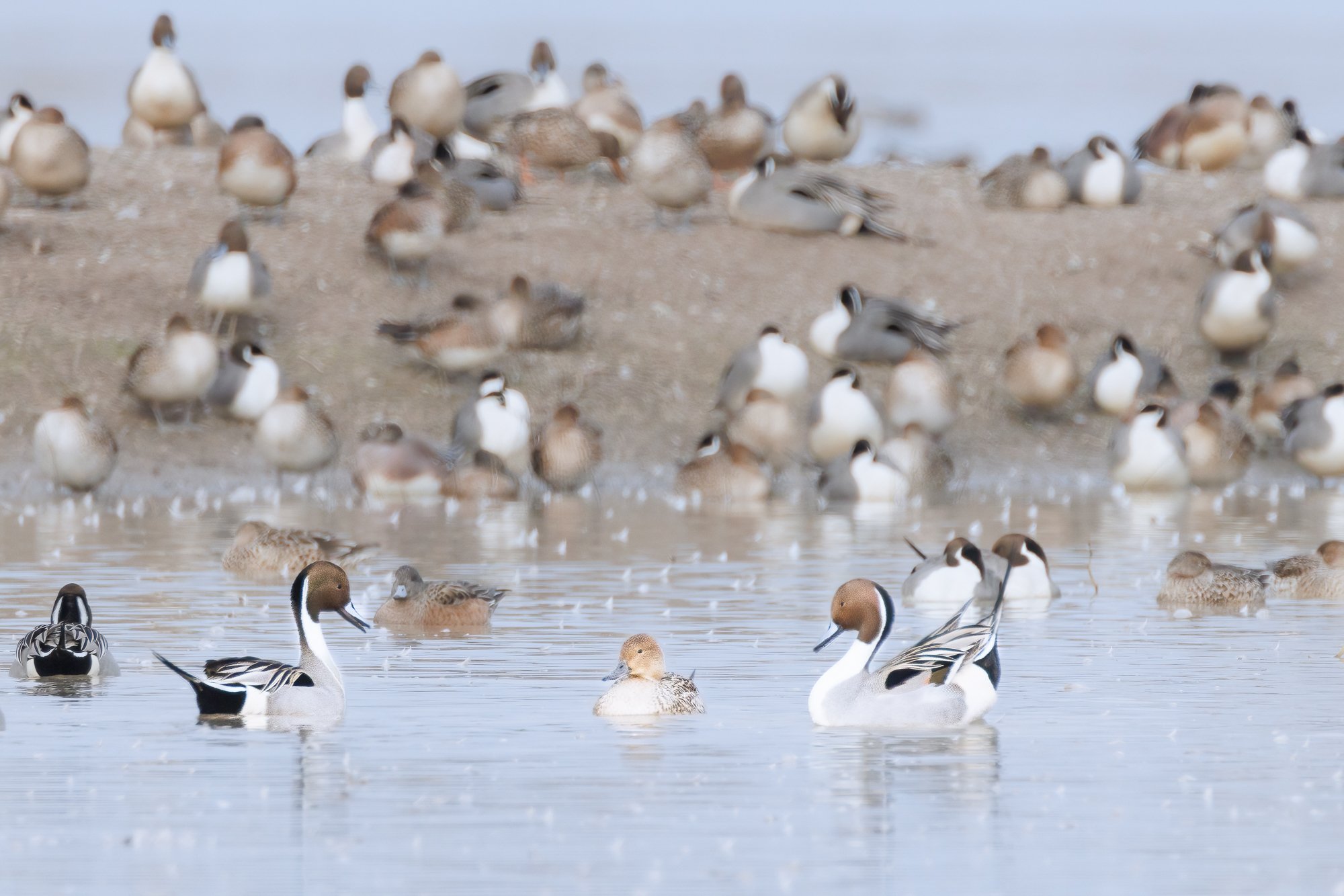
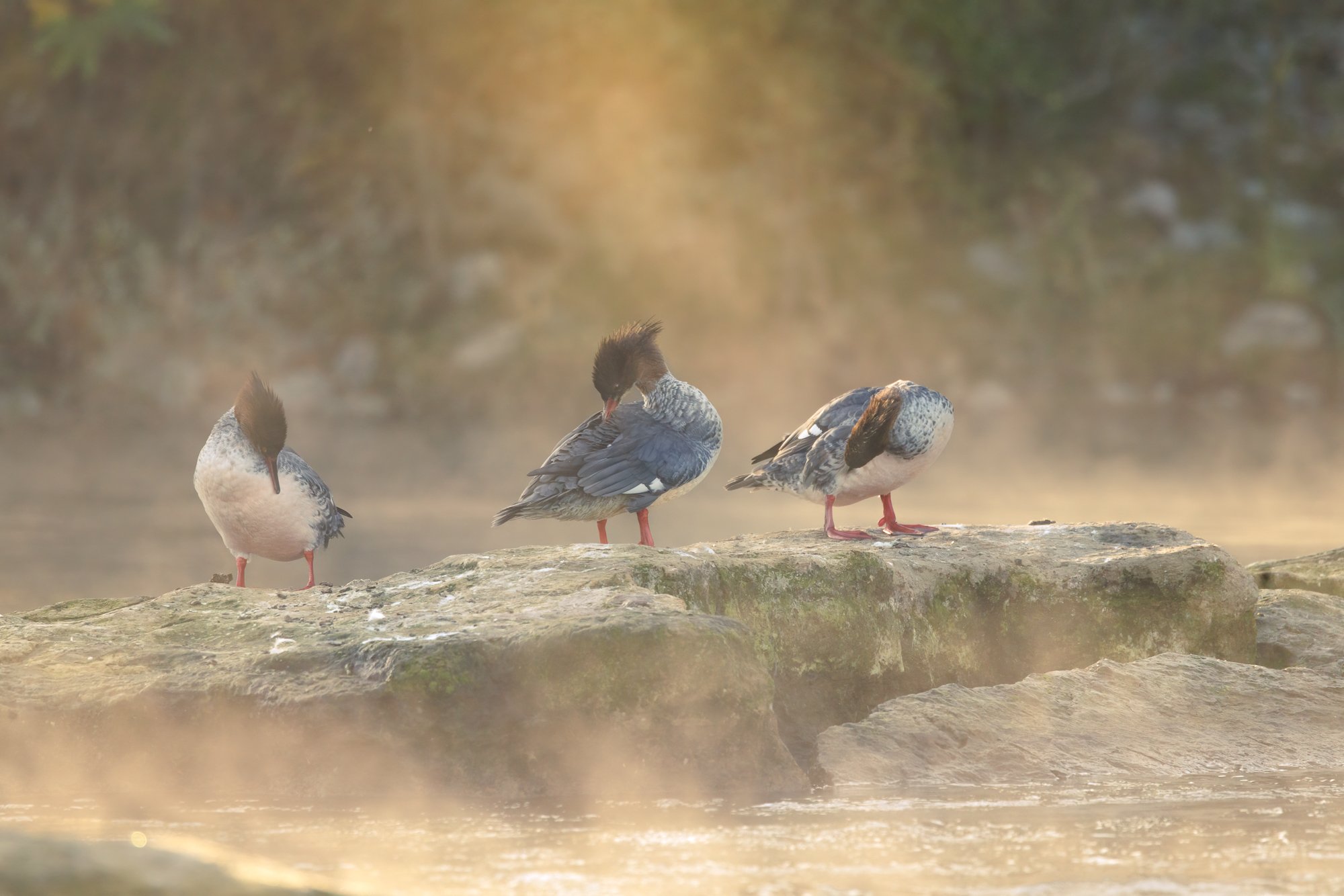

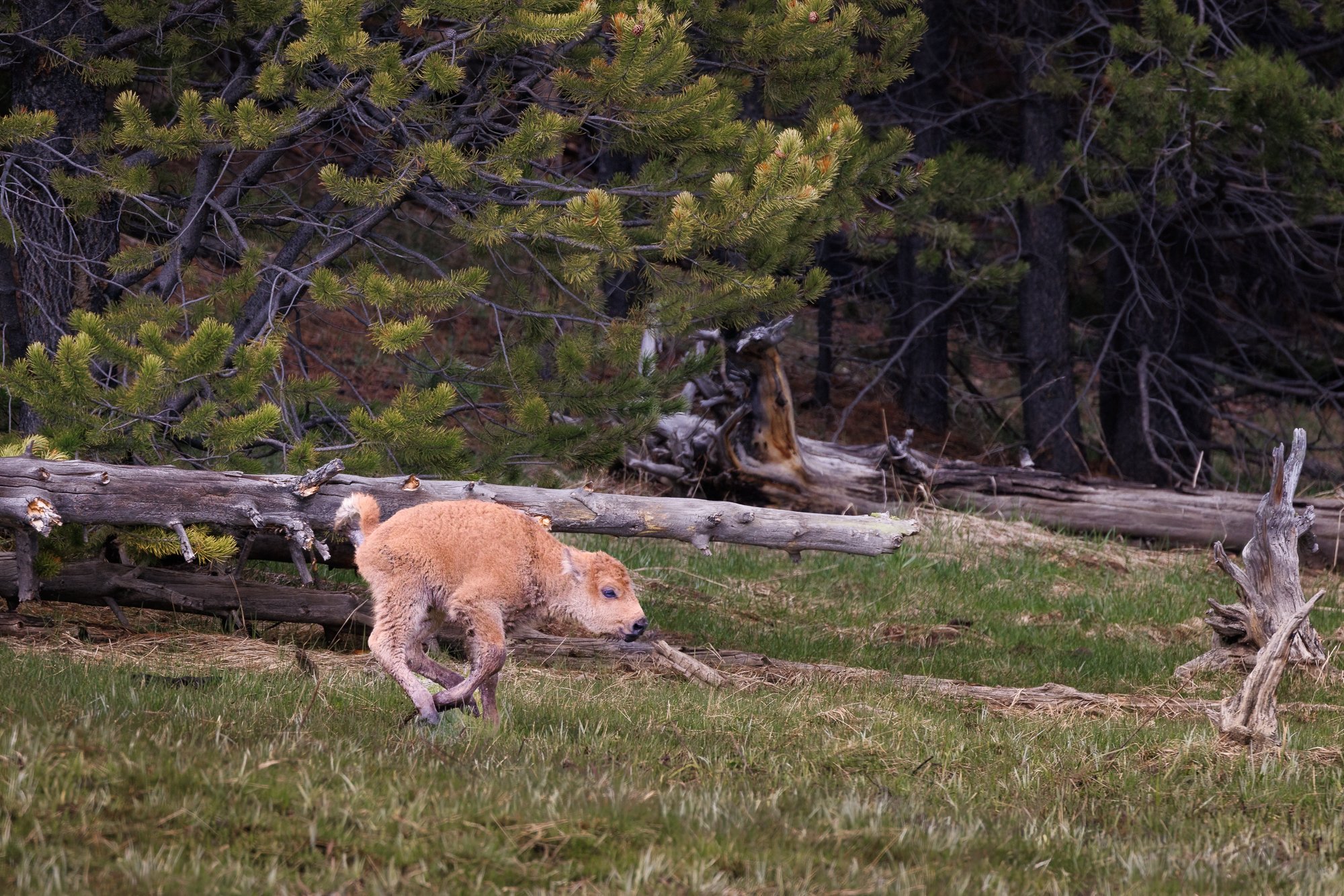

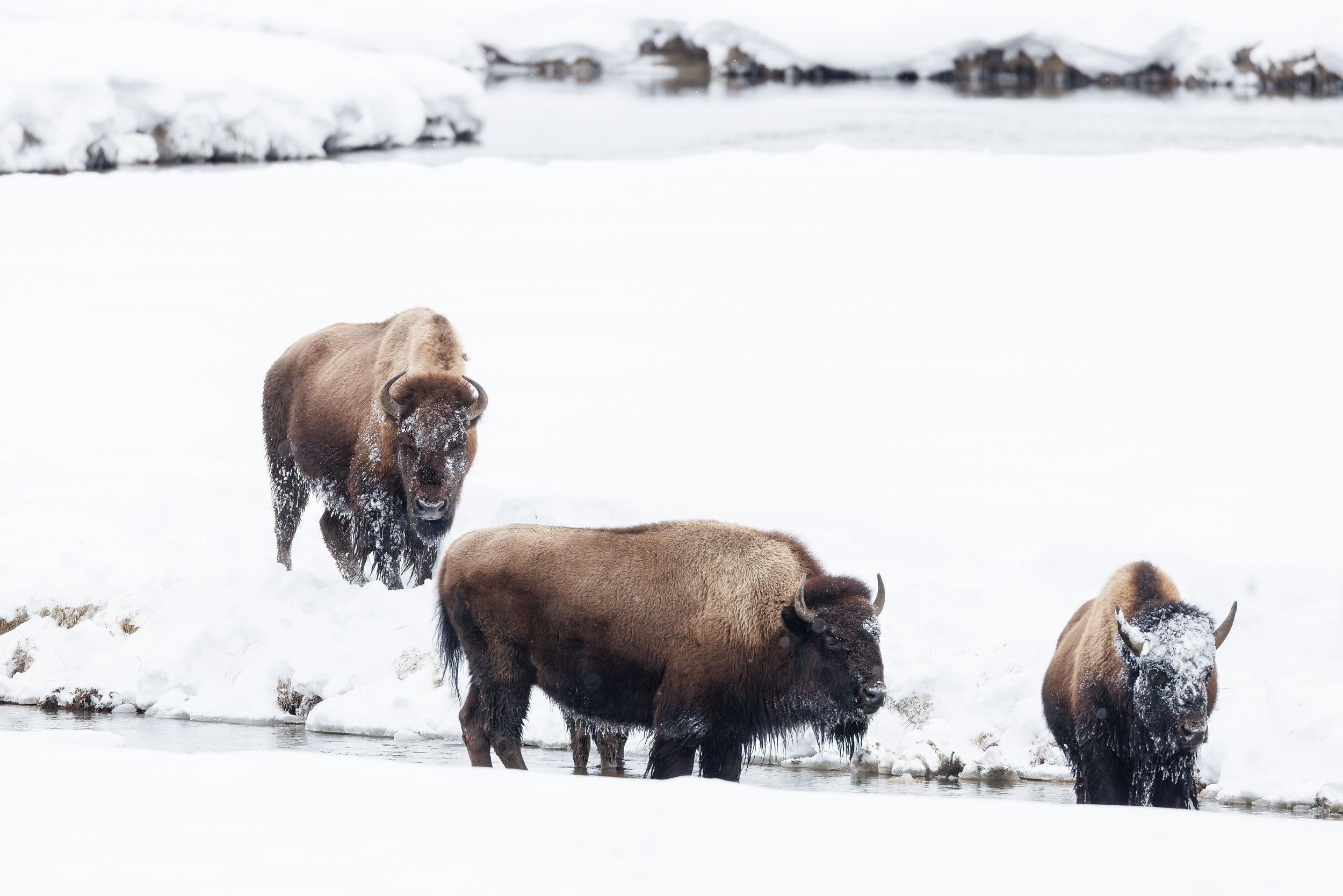
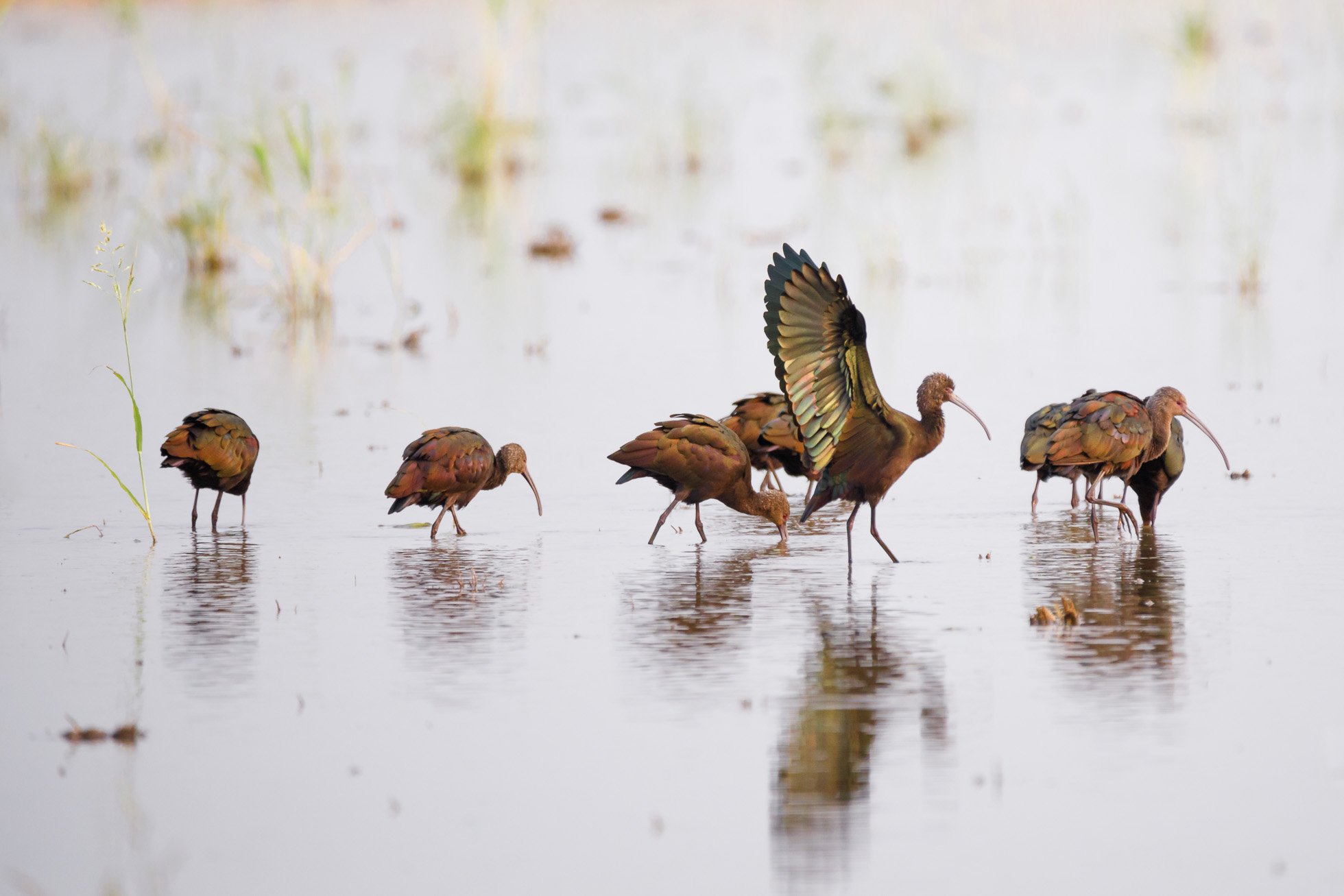




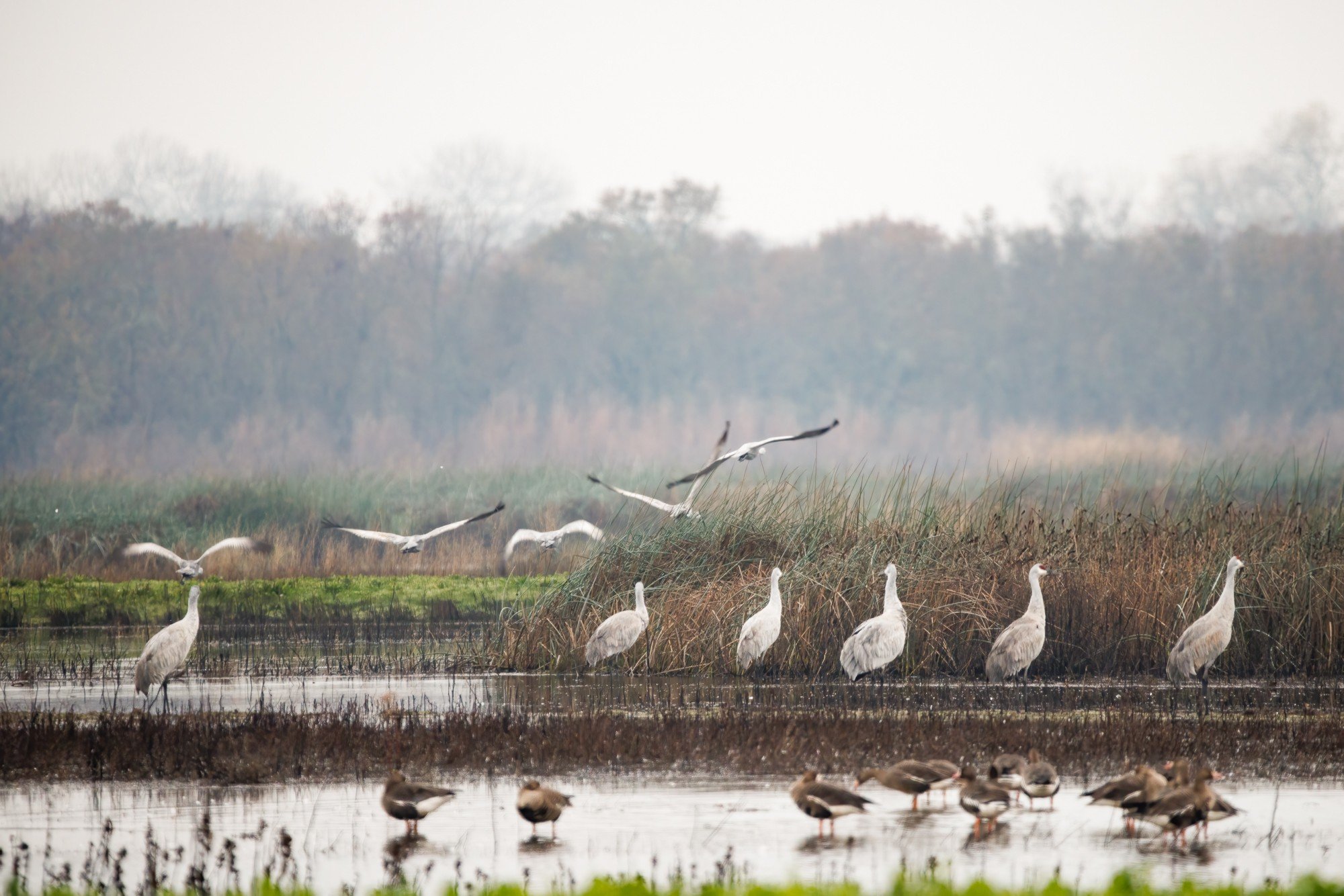
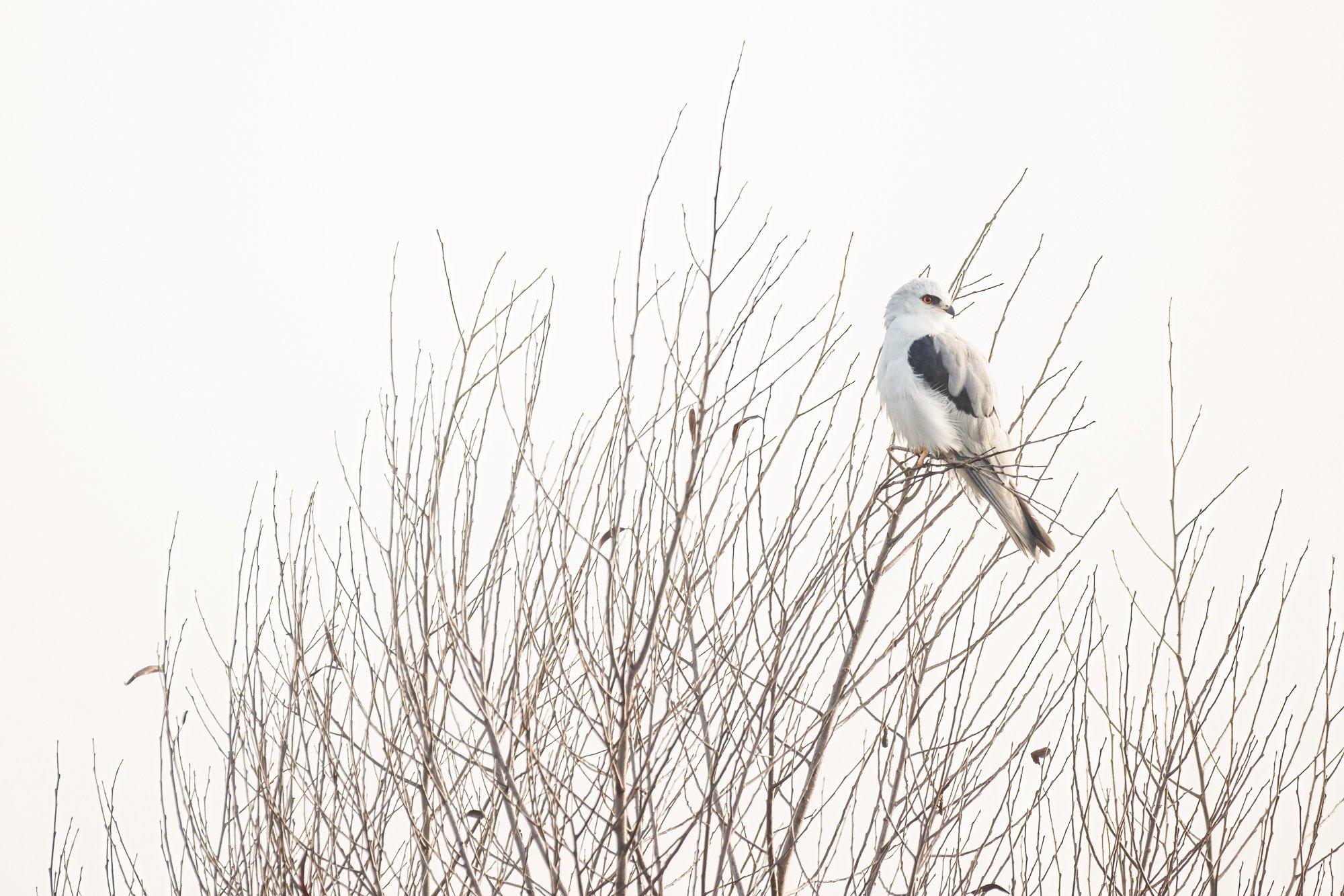
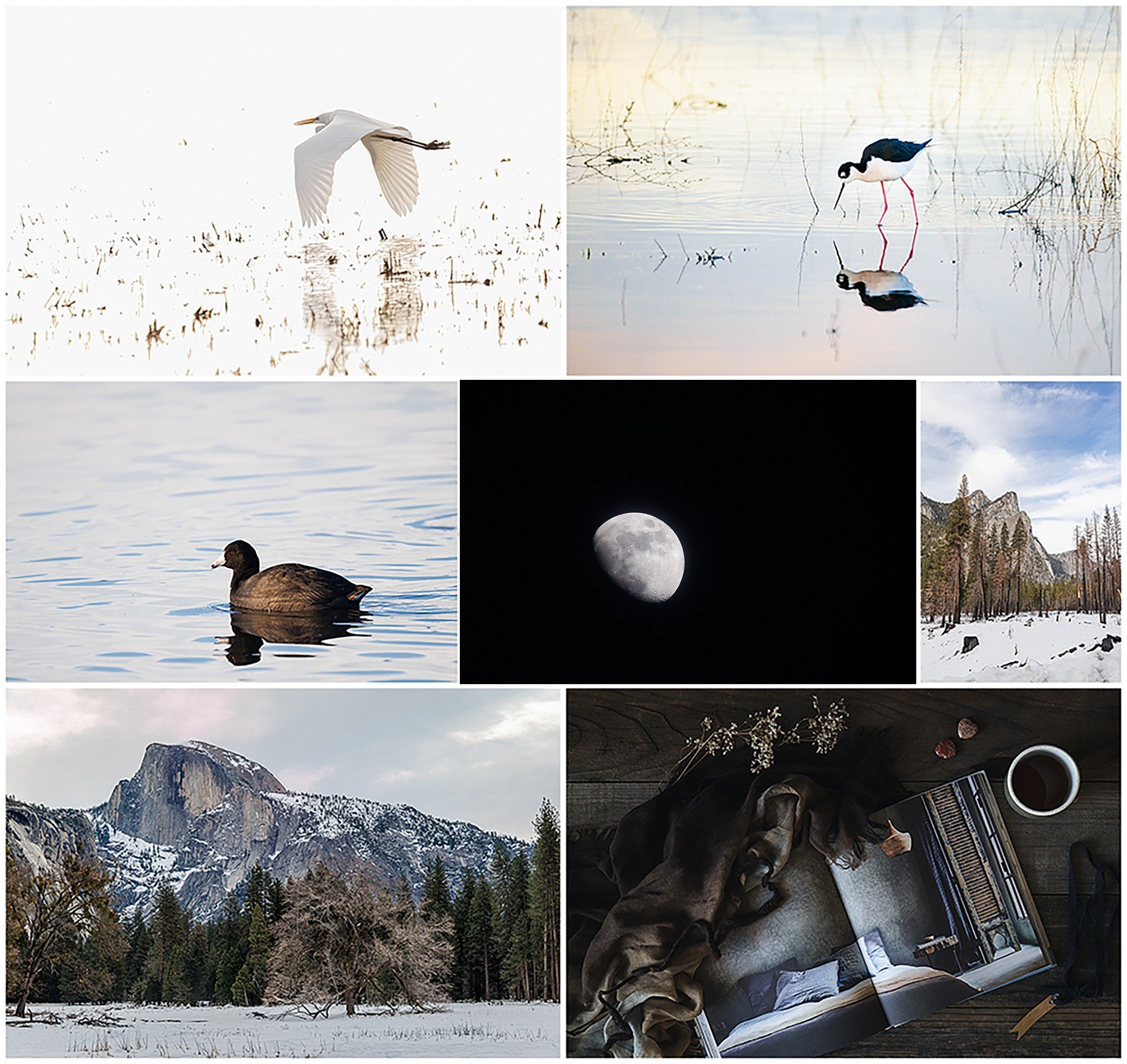





Wildlife photography surprises: I set out to photograph bears but discovered merganser birds instead. Learn about my unexpected adventure and tips for photographing waterfowl.